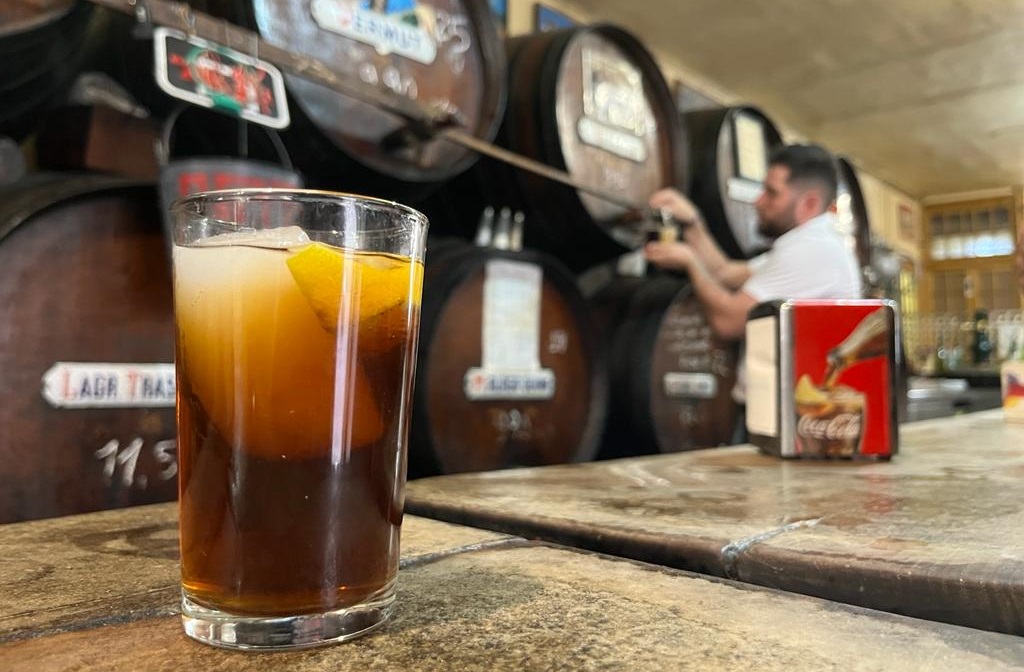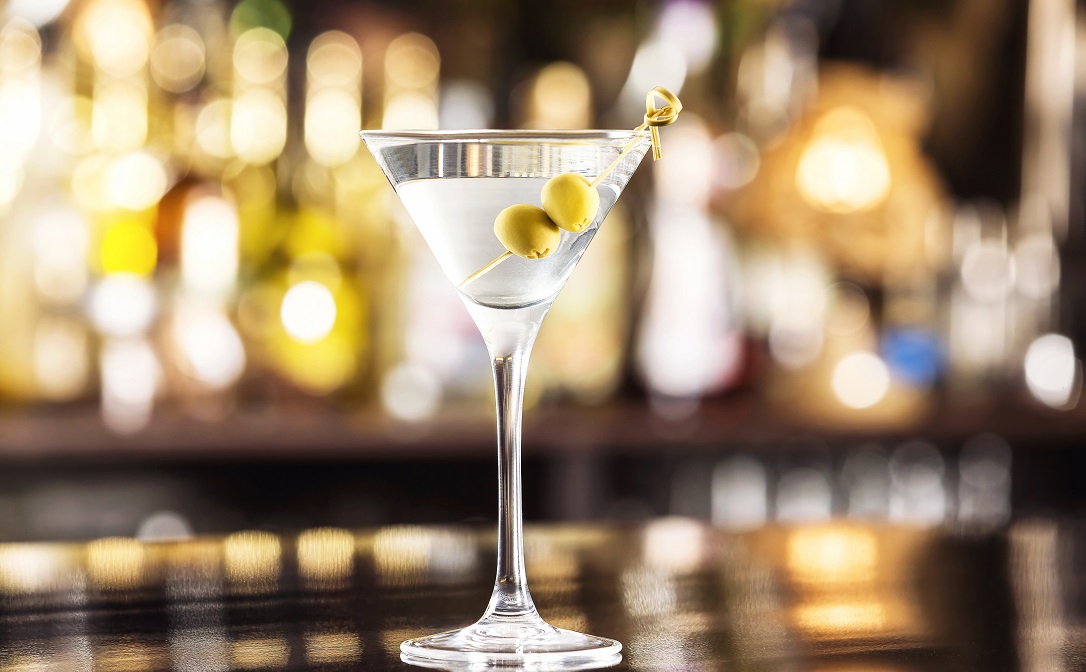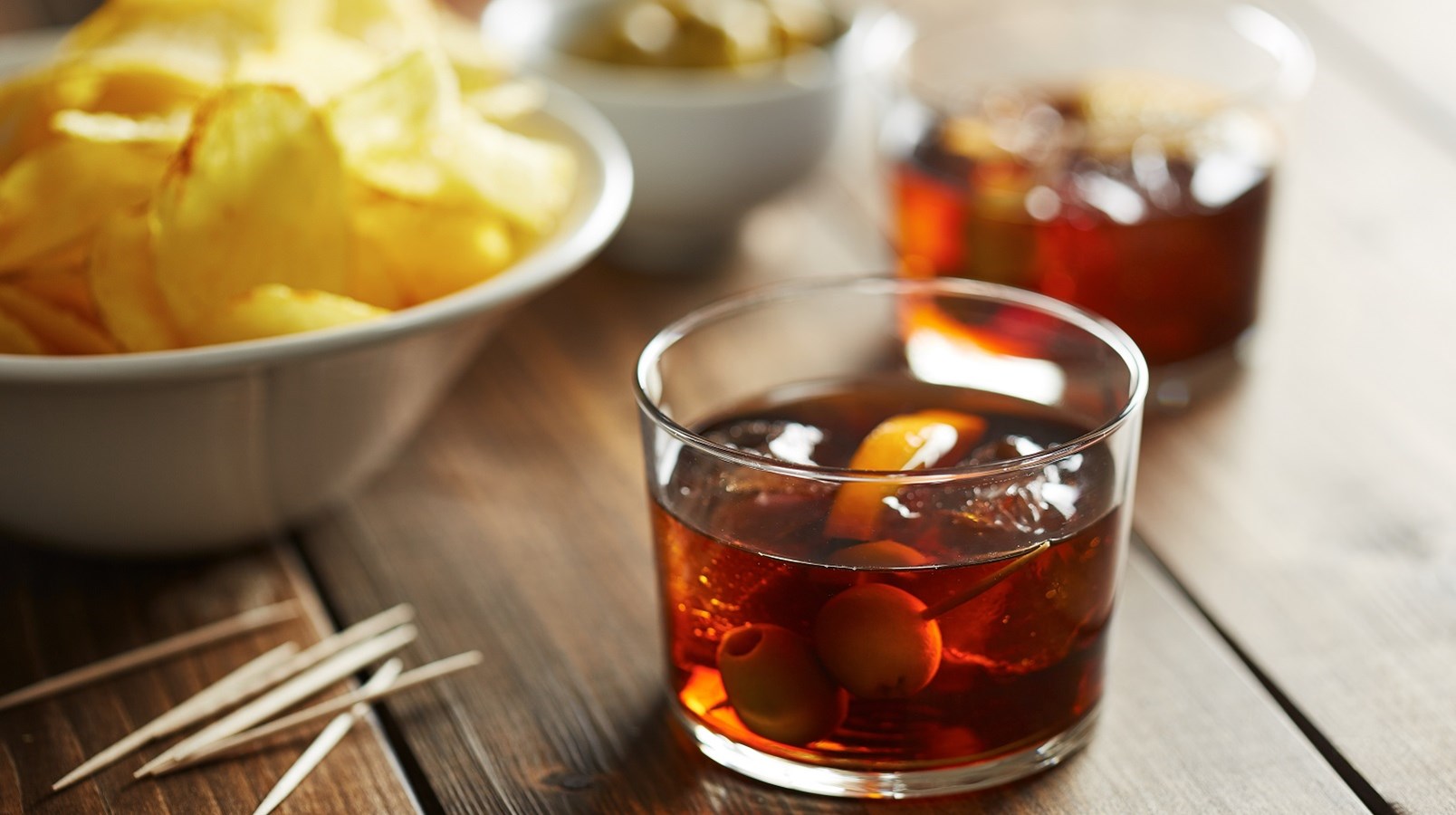Vermouth is the world’s most famous style of aromatised wine. Its use in cocktails has turned many brands into drinks cabinet staples, and it also makes a fantastic sipping drink. But how much do you know about this diverse beverage?
There is a lot to enjoy about this poorly understood drink. Flavour hunters will love the huge variety of recipes to explore, often developed using local and historically important ingredients. Cocktail lovers will enjoy the versatility of this bitter-sweet beverage, and how it can be used to supply balance and flavour alongside gin, vodka, whisky and more.
Want to learn more about the use of vermouth in cocktails? The WSET Level 2 Award in Spirits explores the main cocktail families and how different ingredients can be combined to create a tasty and balanced serve.
Let’s find out a bit more about the drink itself.
What is vermouth?
Vermouth falls into the category of ‘aromatised wines’. These are wines that have been fortified by the addition of distilled alcohol, and flavoured with botanicals. They are typically sweetened, and some have their colour adjusted.
For Vermouth, one of the flavourings must be from the Artemisia family, of which wormwood – a bitter herb also used to make absinthe – is the most commonly used.
The word ‘vermouth’ is derived from the German ‘wermut’, referring to the key botanical.
Where is vermouth from?
While wonderful vermouths are made all around the world today, Italy, France and Spain lay claim to the longest production traditions.
- Italy is well known for its sweet styles, of which Vermouth di Torino, from the North West region of Piemonte, is arguably the most famous.
- France is home to the ‘dry’ white style pioneered by Noilly Prat (Marseillan, France) and the geographically protected Vermouth de Chambéry (Savoie, Rhone Alps) from Dolin.
- Spain popularised ‘vermút’ around the Catalan town of Reus and before long it spread as far south as Jerez in Andalucía, where sherry is often used as the base wine.
Each of these countries now have a wealth of styles and brands to try. As you explore the category, be sure to look out for vermouth from Germany, the USA, the UK and Australia.

In Andalucía, Spain, you can enjoy vermút served over ice straight from the barrel.
Vermouth styles
The category has expanded into a broad spectrum, including red, white, amber and rosé styles. Alcohol levels typically range from 14.5-22%, with sweetness levels from ‘extra-dry’ through to sweet. Confusingly, even ‘extra-dry’ vermouths are not actually dry, but they typically contain the least sugar of the drinks in this category.
Some of the key factors that determine the style of a vermouth are:
- The base wine
- The flavourings used
- The sweetness and method of sweetening
- The addition of distilled alcohol
- The use of caramel colouring (optional)
Most vermouths can be classified into three key types:
- Sweet vermouth, which will be typically red. While the base wine for these vermouths used to be red wine, today most sweet vermouths are made using a white wine base, with caramel colour added. This style is also sometimes referred to as Italian vermouth.
- Dry vermouth, which will typically be white. These will be less sweet than other vermouths, but they do still have a sweet aspect to balance the bitterness. This style is also sometimes referred to as French vermouth.
- Vermouth Bianco looks much like dry vermouth, but is significantly sweeter. It typically has prominent vanilla notes to accompany the bitter botanicals.
What does vermouth taste like?
Vermouth is a drink with many potential tastes and flavours, but one common feature is the balance of bitterness and sweetness. This combination is very satisfying for many people, especially if you enjoy dark chocolate.
Flavours range widely and can include any number of different characters from the base wine and the botanical recipe, such as herbs, spices, citrus peels, barks, roots and more. Be sure to taste as many different styles as possible to get a full picture of the range of vermouths on offer.

White vermouth is a key ingredient in a Martini. A ‘dry’ Martini uses less vermouth, and a ‘wet’ Martini uses more.
How to serve vermouth
Vermouth makes a great sipping drink, served either on its own or over ice with a garnish of citrus or an olive. It’s perfect for when you want something flavourful to drink, but without the alcoholic strength of a spirit.
For something lighter, vermouth and tonic is very refreshing and is an increasingly popular low-alcohol serve.
Tip: While the elevated alcohol and sugar help to preserve vermouth, it will start to oxidise once the bottle has been opened. To keep your open vermouth bottles fresh, it’s good practice to store them in the fridge, ideally sealed with a vacuum stopper.
Vermouth is also a vital ingredient in some of the world’s best loved cocktails - think Martini, Negroni, Manhattan, Martinez. If you’re a fan of making cocktails at home, be sure to stock your drinks cabinet with a few key styles of vermouth!


